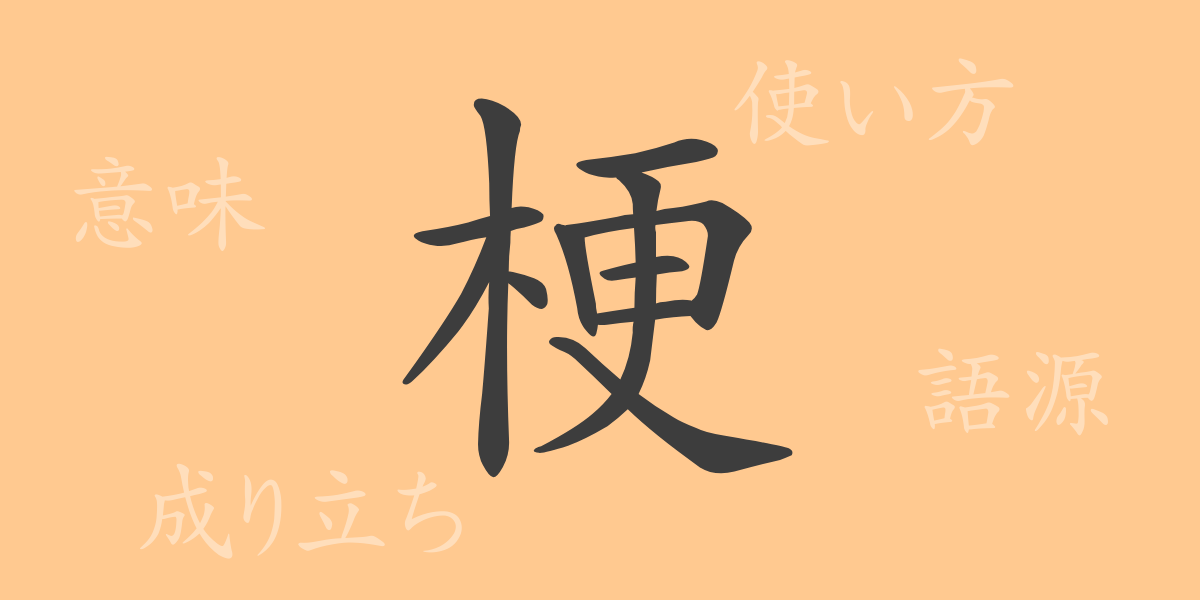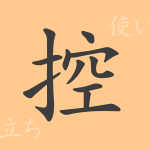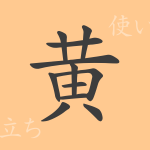The beauty of the Japanese language is reflected in its complex character system. Each commonly used kanji in Japanese has its unique history and meaning, enabling rich expressions when weaving words together. “梗(こう)” is one such commonly used kanji that reflects the depth of Japanese culture and language. This article delves into the origins, usage, idioms, and phrases of “梗(こう),” exploring its fascinating aspects.
Origin of 梗(こう) (Etymology)
The kanji “梗(こう)” includes the radical “木(き)” meaning tree, combined with “更(こう).” In ancient China, it was used to refer to the heartwood or the core of a tree. Over time, this character came to signify stems or branches of plants, and later, it adopted metaphorical meanings.
Meaning and Usage of 梗(こう)
“梗(こう)” primarily has two meanings. One is the literal meaning, referring to the stems or branches of plants. The other is metaphorical, indicating obstacles that hinder progress or the main plot of a story. In this context, “話の梗(はなしのこう)” is commonly used to describe the central theme or plot of a narrative or discussion.
Readings, Stroke Count, and Radical of 梗(こう)
The kanji “梗(こう)” has multiple readings in Japanese, which are used according to different contexts.
- Readings: The on-yomi (Chinese reading) is “コウ(こう),” and the kun-yomi (Japanese reading) is “ふさぐ(ふさぐ)” and “こえる(こえる).”
- Stroke count: “梗(こう)” has a total of 12 strokes.
- Radical: The radical is “木(き)” (tree), classifying it among kanji related to trees.
Idioms, Phrases, and Proverbs Using 梗(こう)
There are several idioms, phrases, and proverbs in Japanese that include the kanji “梗(こう).” Here are a few examples:
- 梗概(こうがい): Refers to the outline or summary of something.
- 梗塞(こうそく): Means obstruction or blockage, often used as a medical term.
- 梗阻(こうそ): Indicates a state where progress is hindered by an obstacle.
- 心梗塞(しんこうそく): Short for myocardial infarction, a condition where a heart artery is blocked.
- 風の梗(かぜのこう): An idiom referring to obstacles that prevent smooth progress.
Conclusion on 梗(こう)
The kanji “梗(こう)” symbolizes natural imagery and human life’s obstacles and focal points in Japanese. Used across various fields from literature to medicine, this kanji exemplifies the richness of Japanese expression. By understanding and appropriately using the meanings and nuances of “梗(こう)” in everyday conversation and specialized texts, deeper communication becomes possible.

























